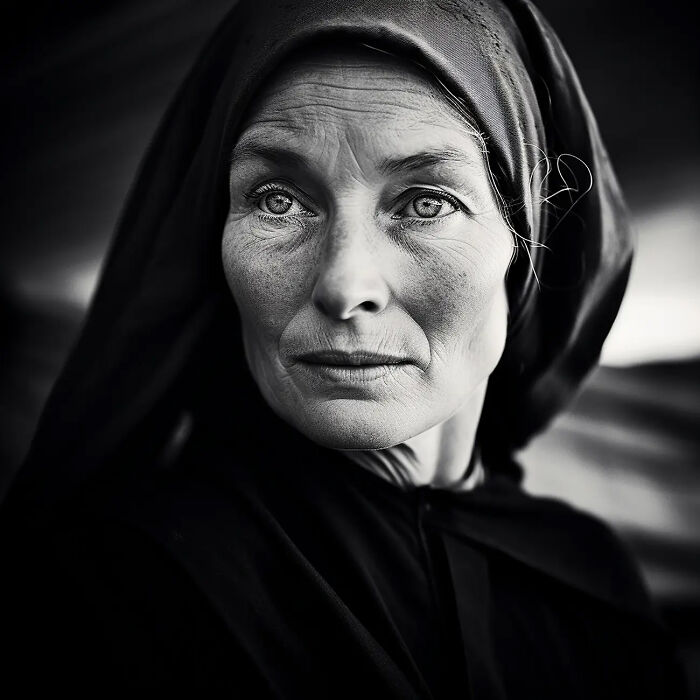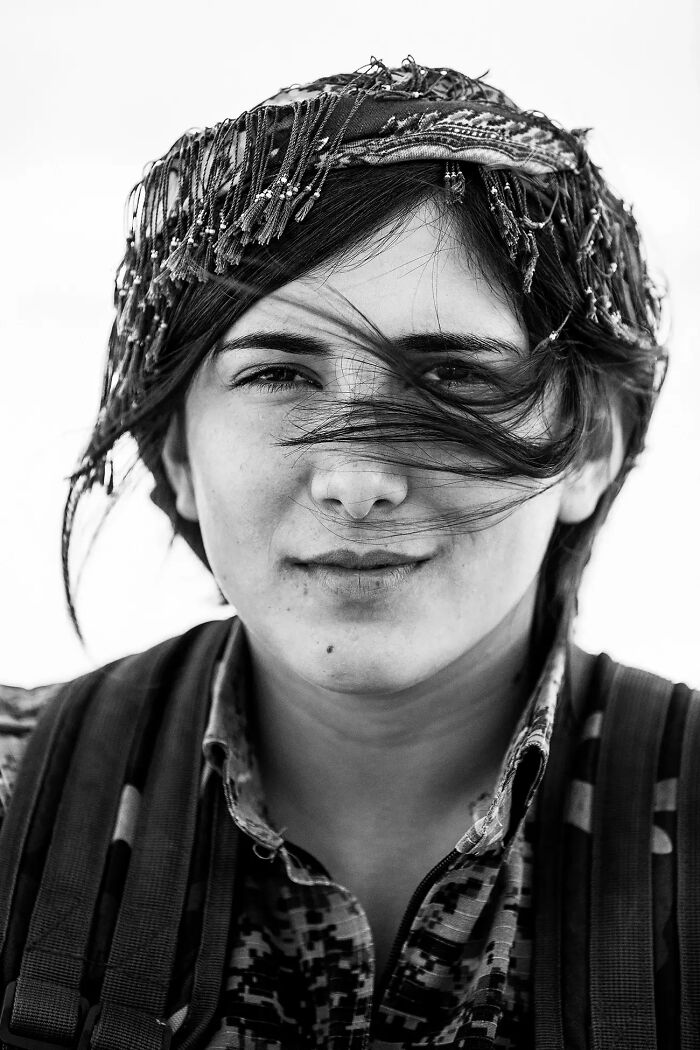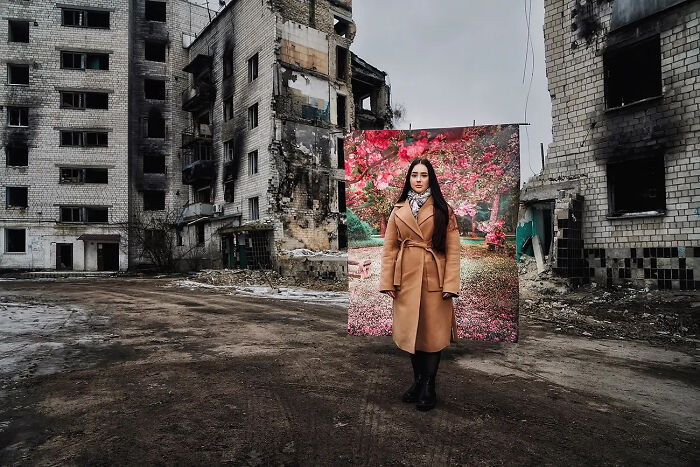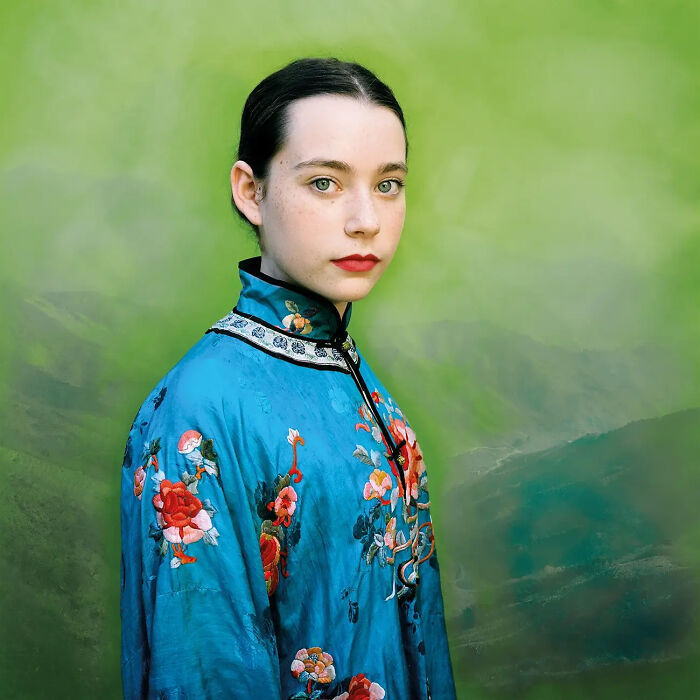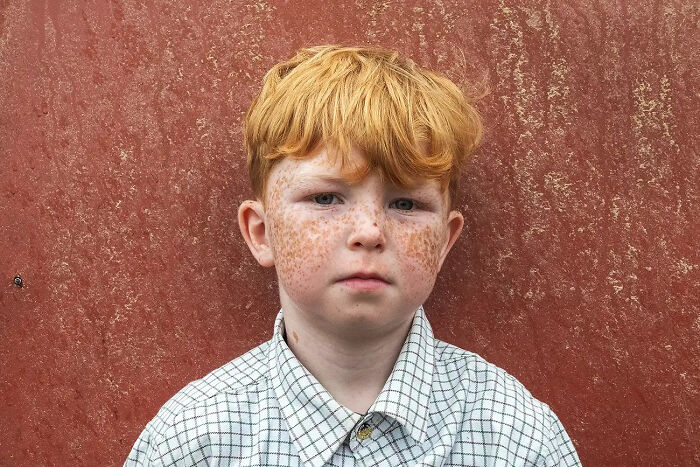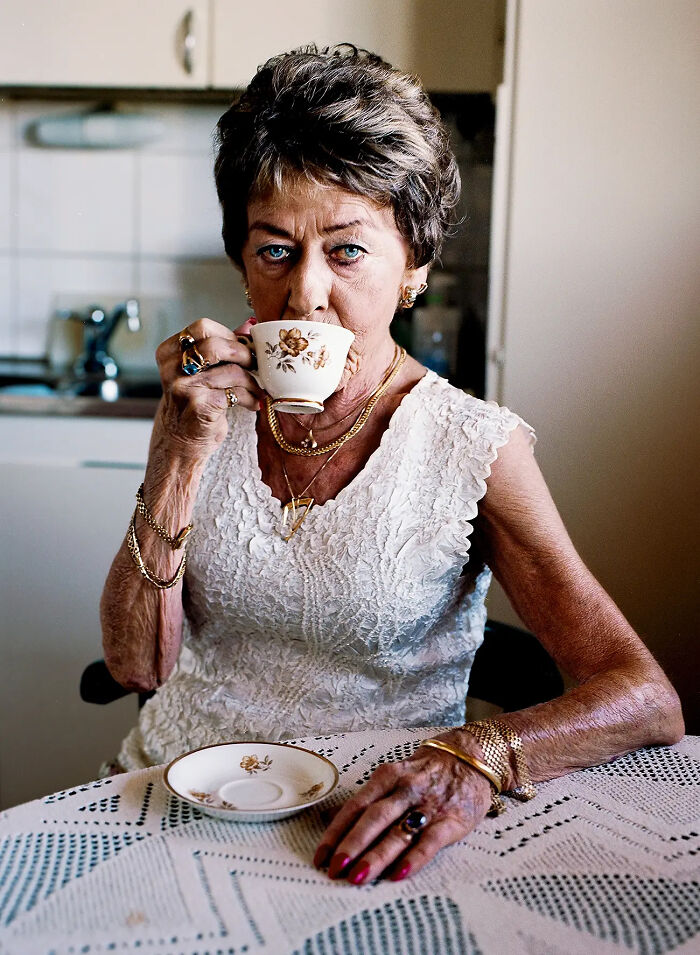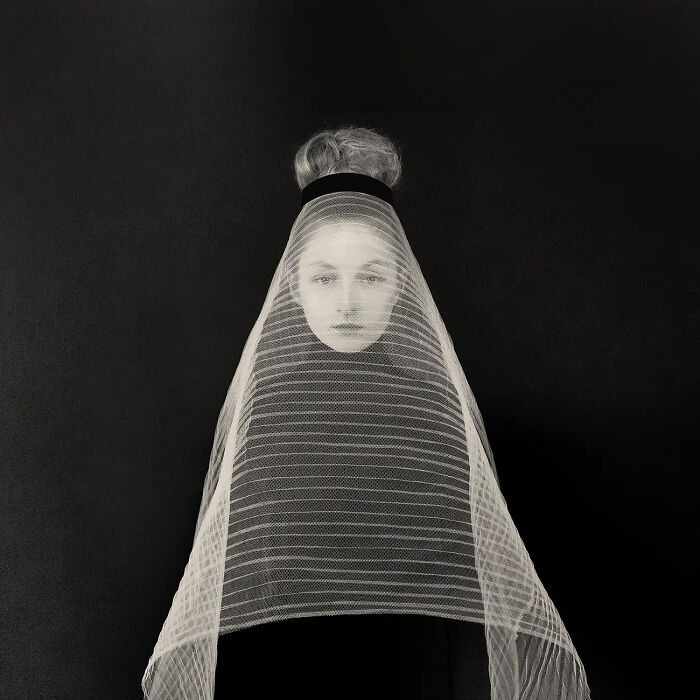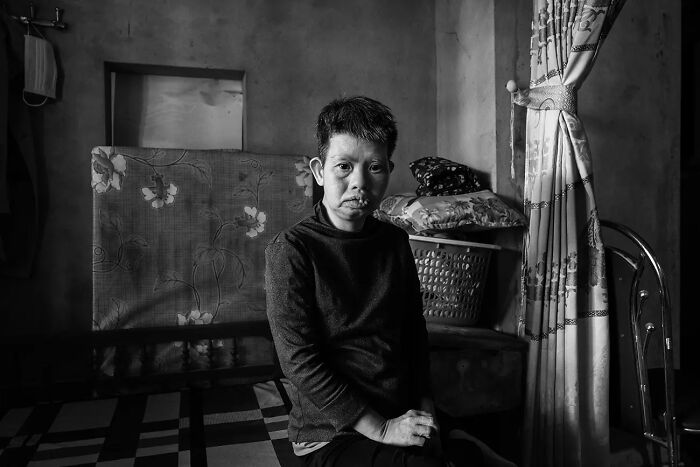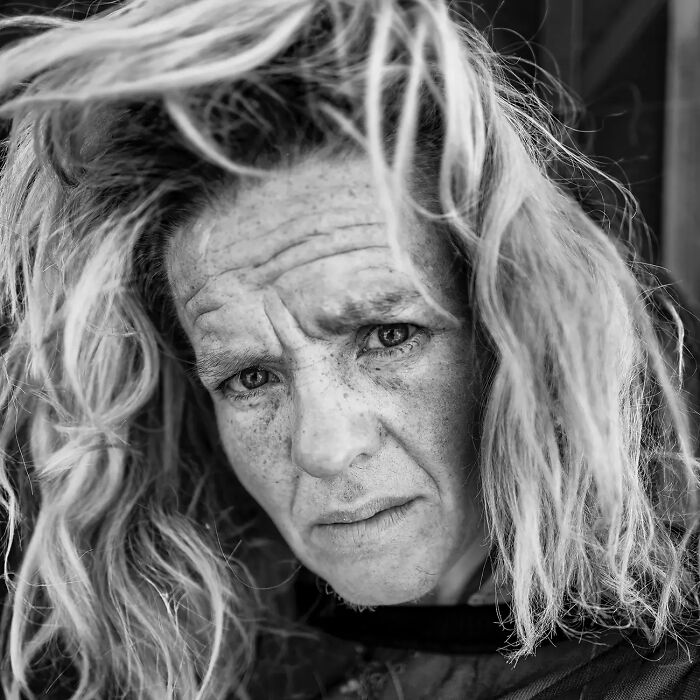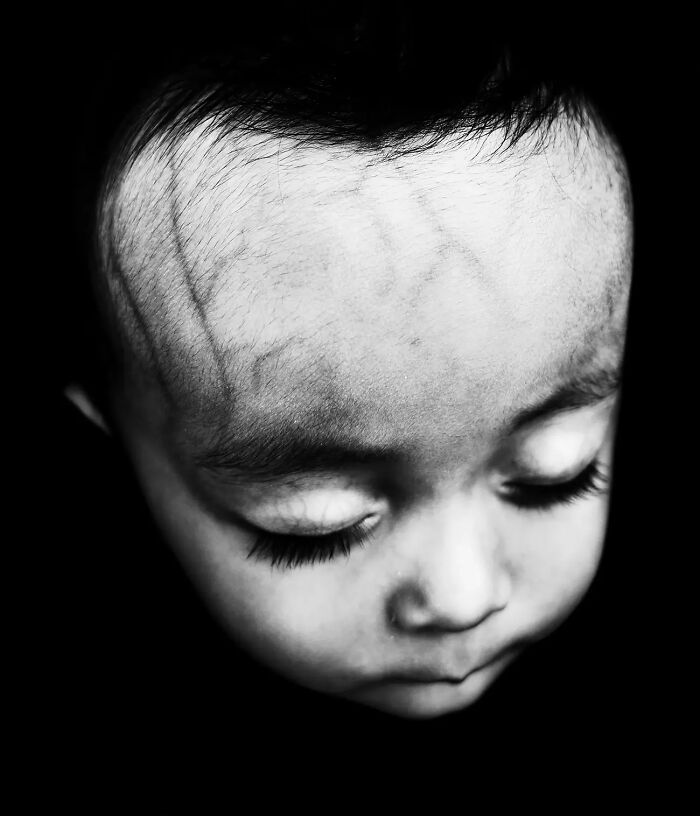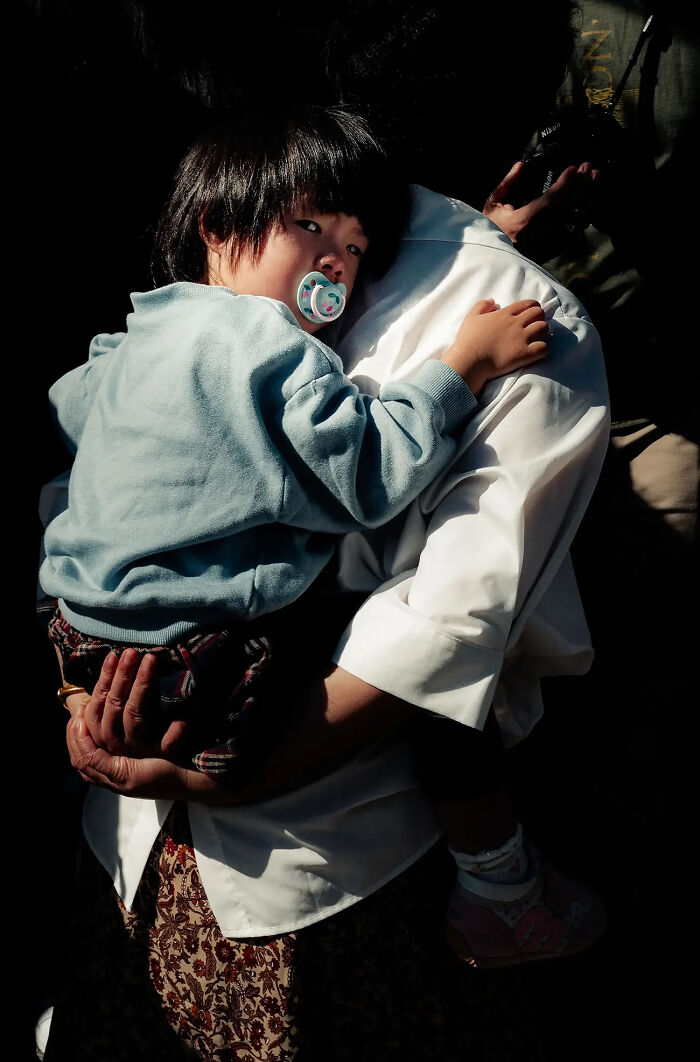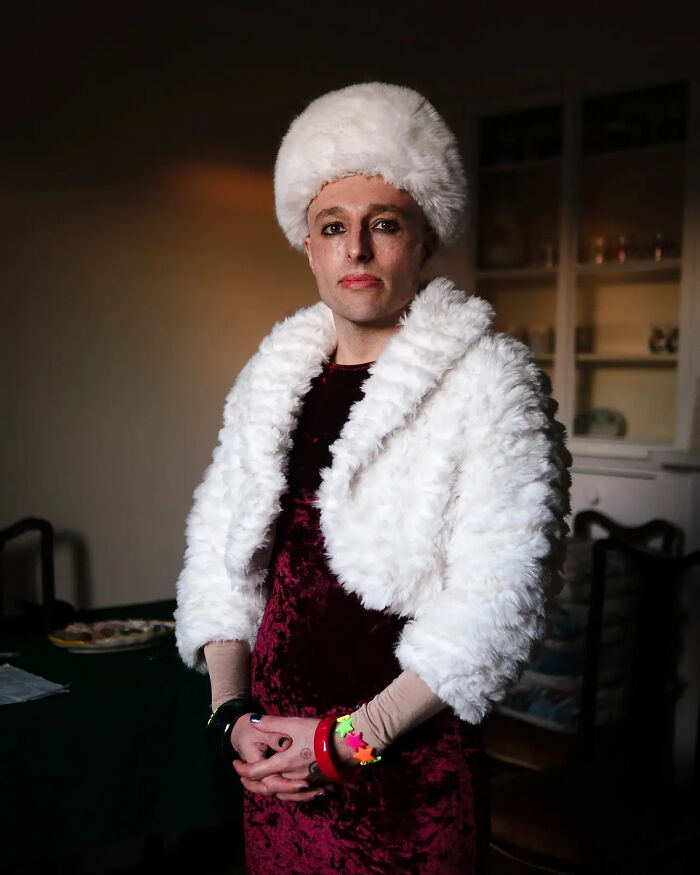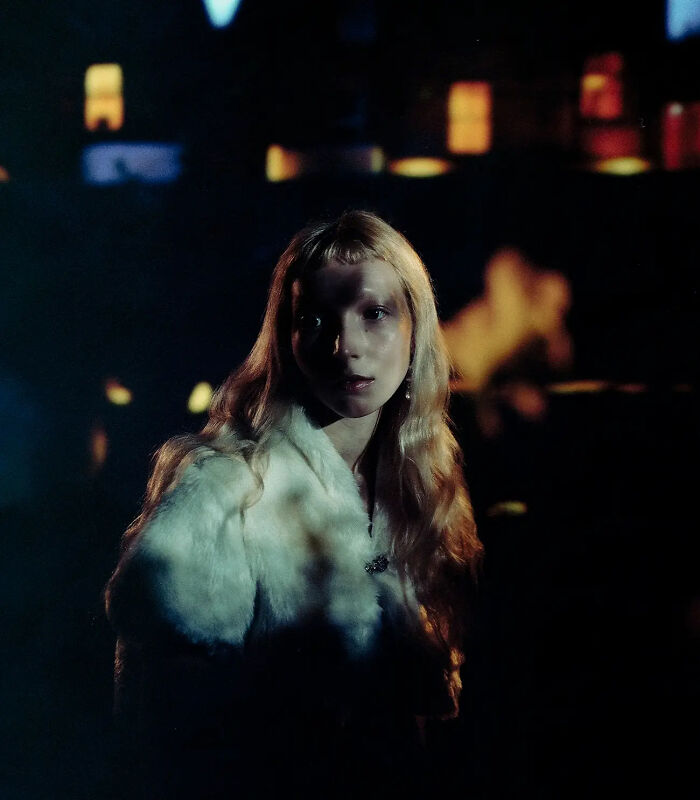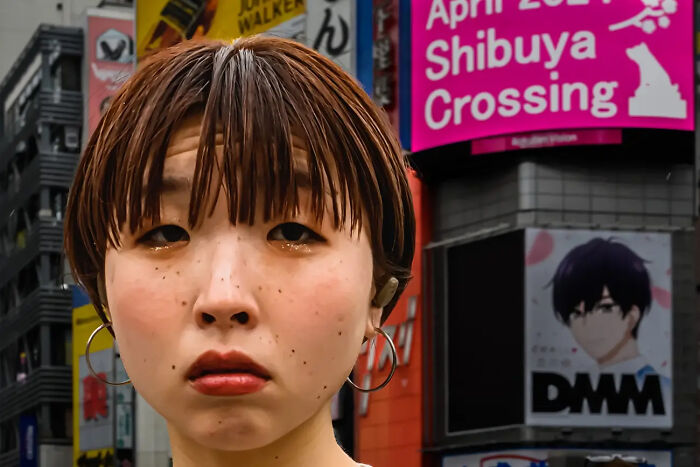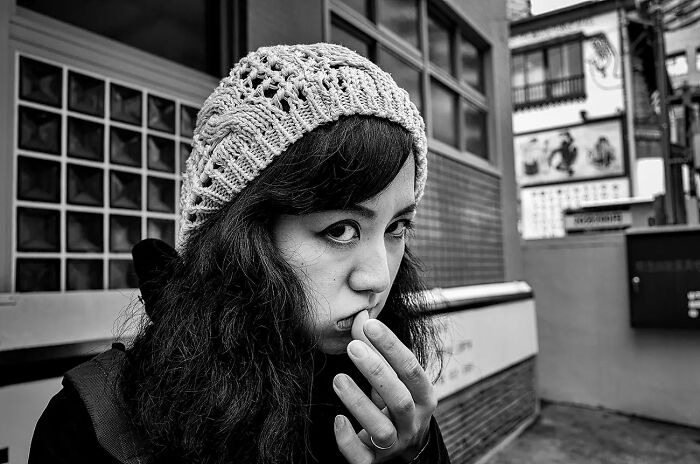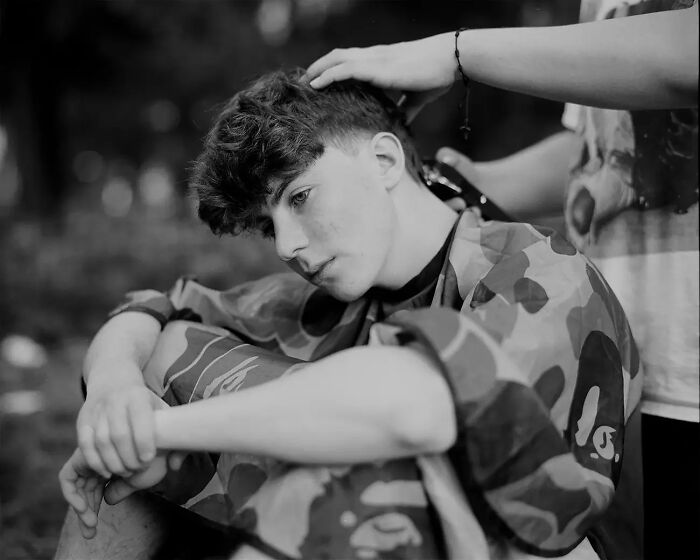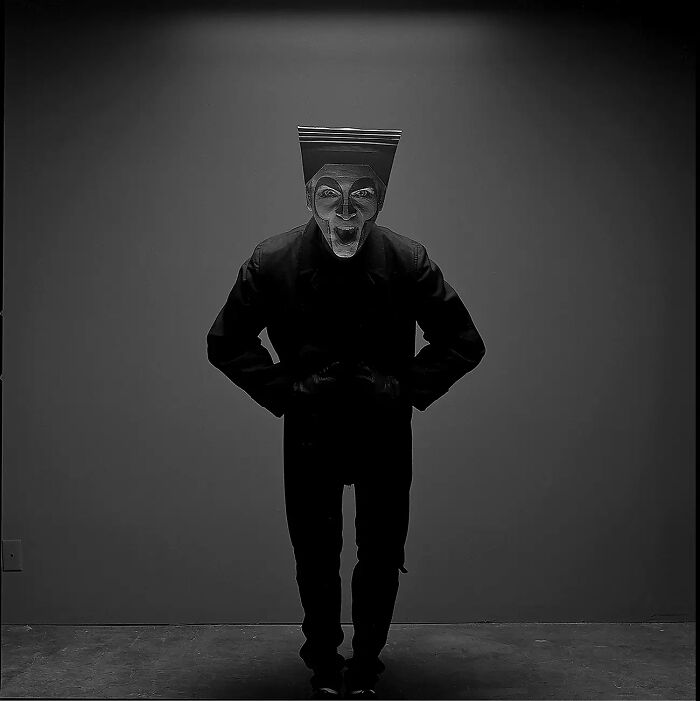AAP Magazine is excited to reveal the winners of its highly anticipated Portrait Photography Competition. Selected from a vast array of international submissions, these 25 talented photographers have showcased exceptional prowess in capturing the essence of their subjects through the art of portraiture.
Portrait photography is a powerful medium that conveys the depth and diversity of human experiences. This year’s winning photographs push the boundaries of traditional portraiture, presenting not just faces, but rich stories, emotions, and moments that resonate deeply with viewers.
From intimate, candid shots to meticulously composed studio portraits, this year’s winners exhibit an extraordinary range of styles and techniques. Their work captures the raw beauty of the human spirit, highlighting both individuality and our shared humanity. More info: all-about-photo.com AAP Magazine extends heartfelt congratulations to all the winners. Their remarkable achievements underscore the transformative power of portrait photography. By freezing moments in time, these photographers allow us to look beyond the surface and connect with the deeper narratives that define us all. The winning portraits will be featured in the upcoming issue of AAP Magazine, providing a platform for these talented artists to share their work with a broader audience. Additionally, an online gallery will showcase the winning entries, allowing viewers from around the world to experience the profound impact of these images. For more information, visit our page. We asked Aline Smithson to share what inspired her to create “Lucy In Teal”. “I was so pleased to have my work recognized by All About Photo. Revisiting Beauty is a series inspired by portrait paintings of the twentieth century, in particular, by artists such as De La Roche, Stroganov, Sargent, Whistler, and Hockney, and portraits created in the mid-1900s by many anonymous painters. When I walk through museums like the National Portrait Gallery in London, I look at all the elements that painters use to elevate their subjects. My own background as a painter also informs these photographs. This work is part of a larger project that examines connections of color, landscape, pose, and object as a way to reconsider the formal expression of the photographic portrait and give a nod to classic painterly sensibilities,” shared Aline. “AAP has a global reach and I’m excited to get my work in front of new audiences around the world. As for new projects, for the past several decades, I have been considering how photographs move through time—as conveyors of memory, history, and being. Photography has always been an ever-changing medium, morphing and shifting with new technologies, but the digital revolution has had a profound impact on our ability to not only print images but also to access images. The ‘corruption,’ the literal de-composition, of digital files is its own kind of fugue state—a loss of ‘consciousness’ with wide-ranging implications and effects: the erasure of histories, writ large, and those quieter histories, of the self, of family. I have been creating projects around the idea of what we are losing. One project, Fugue State Revisited, was inspired by the loss of a 20-year hard drive of analog scans. In recovery, many came back corrupted. After the shock of these losses, I saw a new language created by a different distribution of pixels and I wanted to merge that language with historical processes such as cyanotype. Photography has become more and more expansive in the past decades, through digital, AI, Photoshop, the wet and digital darkroom, and a return to film. I still only shoot analog as I love the sense of history and craft I feel when I load my camera with a roll of film. With iPhone apps, photography has gotten quick and easy but I still want to slow down, work hard, and connect to the histories of the medium. Lastly, she added: “I would like readers to consider their own visual histories and get them in a form that can move through time. As all technological tools will surely fail in the future, it is important to make prints, physical objects that the next generation can hold and appreciate. I recognize the power that family photographs hold and the alarming potential of losing our visual legacies to platforms that corrupt and lose whole histories of being. The decline of physical photo albums and the impermanence of digital formats underscore the need for deliberate efforts to preserve our family histories.” “The image was created during the filming of a documentary called ‘What Rough Beast’ with a good friend of mine as the director. I’d never heard of the band Stoney Sleep before and their story is quite incredible, so we stayed with Shian, who was the drummer of the band and later on for Razorlite, in Essex for a weekend to interview him and tell his story. The scenario/location and outfits combined made for an interesting image so this was the first portrait I took of the cast of the documentary,” wrote Simon. “Shian is an incredibly talented person and has a strong look so I waited for the perfect light within the location we were in and asked if he’d pose for a portrait, he had a new outfit for every interview so it was almost a small fashion shoot by the end of the weekend.” Simon shared: “A lot of the time I try to focus on conversation, I don’t have the camera on me or in my hand. Showing someone that you are genuinely interested in them is incredibly important to me, and one of the main reasons I am a photographer. A camera is a passport in a lot of situations, allowing you to access and talk to people in a wide variety of situations that otherwise I would not be in, but you have to remember to respect the people you’re photographing. Sadly, I think photography can become quite aggressive and intrusive if the photographer doesn’t respect that the sitter is gifting you their time in an image.” “It is a great honor and I’m very proud to be a part of the competition, I hope it will bring attention to the documentary and the band’s story for a wider audience as it is a real passion project for myself and Tom. I also love meeting and chatting to people about my work and seeing other fellow artists’ work, so hopefully a wider community for myself within the art form as a result of the competition. I’ve been working with local wrestlers within Gravesend and I’m looking forward to continuing this project as it’s been a huge part of British culture throughout the last 60 years.” Simon also added by sharing what he would like for people to take away from this picture: “An interest in British music culture and the incredible artists that have been a part of it. Shian and Stoney Sleep are a vision of a DIY culture that I believe isn’t as present as it has been in past decades and it needs to carry on to allow artists to show, create and share work without gatekeepers.” And lastly, the photographer noted: “Thank you for supporting the competition and I hope to chat with some of you about photography through my social media platforms.” Follow Bored Panda on Google News! Follow us on Flipboard.com/@boredpanda! Please use high-res photos without watermarks Ooops! Your image is too large, maximum file size is 8 MB.
